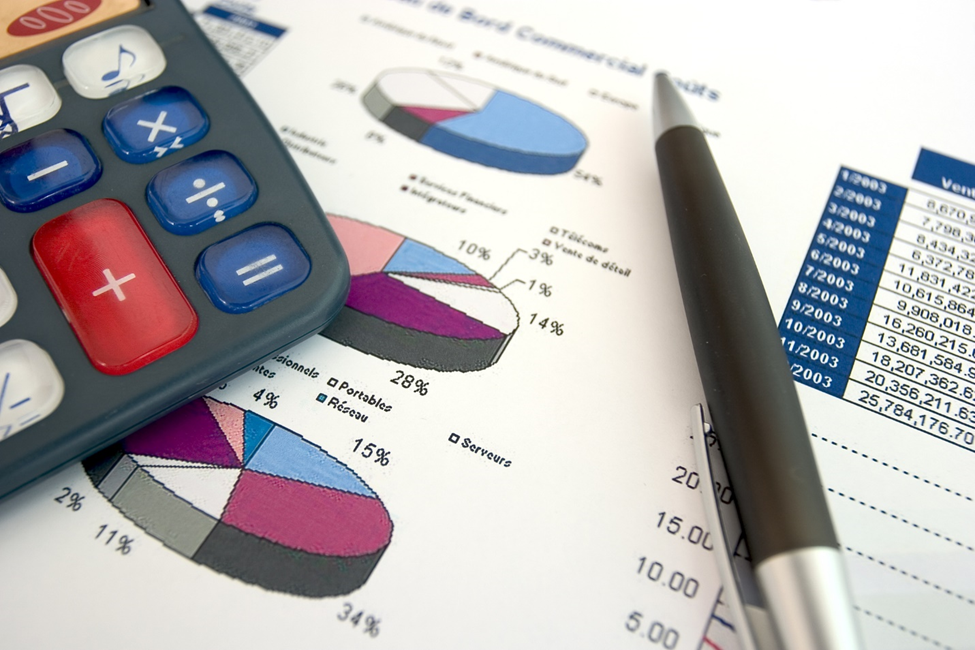Highlights
- Central banks across the world regularly introduce changes in the official interest rates in response to economic activities.
- The interest rate is raised when the economy is performing on a strong note and lowered when it is sluggish.
- While a rise or fall in interest rates typically take between 6 to 12 months to have an impact on the economy, bourses respond immediately to such changes.
Stock markets across the world have started to react to the signals from the US Federal Reserve that it could begin hiking interest rates soon as the country’s annual inflation inched to an almost 40-year high in December 2021. An uptick in consumer prices has led to uncertainty in markets, which have seen volatility rising to new levels.
"Inflation is too high and working people around the country are concerned about how far their paychecks will go," Fed Governor Lael Brainard recently said.
"Our monetary policy is focused on getting inflation back down to 2% while sustaining a recovery that includes everyone. This is our most important task," he added.
Central banks across the world regularly introduce changes in the official interest rates in response to economic activities. The interest rate is raised when the economy is performing on a strong note and lowered when it is sluggish. But both these actions create a ripple effect on the country’s economy and in case of the US – the global economy.

Source: © SandraRBarba | Megapixl.com
On this note, let’s discuss the impact of the interest rate hike on stock markets.
While a rise or fall in interest rates typically take between 6 to 12 months to have an impact on the economy, bourses respond immediately to such changes.
It has been historically observed that elevated interest rates tend to adversely impact a company’s earnings and stock prices.
Interest rate hike dynamics
Short borrowing costs of financial institutions rise automatically as the interest rate rises in an economy. It leads to a widespread impact on borrowing costs for companies and consumers. The banks and financial institutions pass on these escalated borrowing costs to customers, who now have to pay higher interest rates for mortgages and other loans.
It can impact discretionary spending since customers now have less cash in hand to spend. It results in lower revenues and profits for companies, leading to a fall in stock prices.
Interest rate fall dynamics
On the other hand, borrowing costs come down as official cash rates come down. This leads to an increased spending from customers and companies, boosting asset prices, resulting in a rise in stock prices.
Large firms generally benefit from stable cash flows and strong balance sheets benefit from cheaper debt financing. Lower rates can also lead to challenges such as price rises and liquidity traps.
RELATED ARTICLE: US stocks edge lower as technology, financial sectors slip
RELATED ARTICLE: Three ASX solar shares investors are keeping an eye on
RELATED ARTICLE: Three ASX stocks to track as crude prices hit 7-year high




